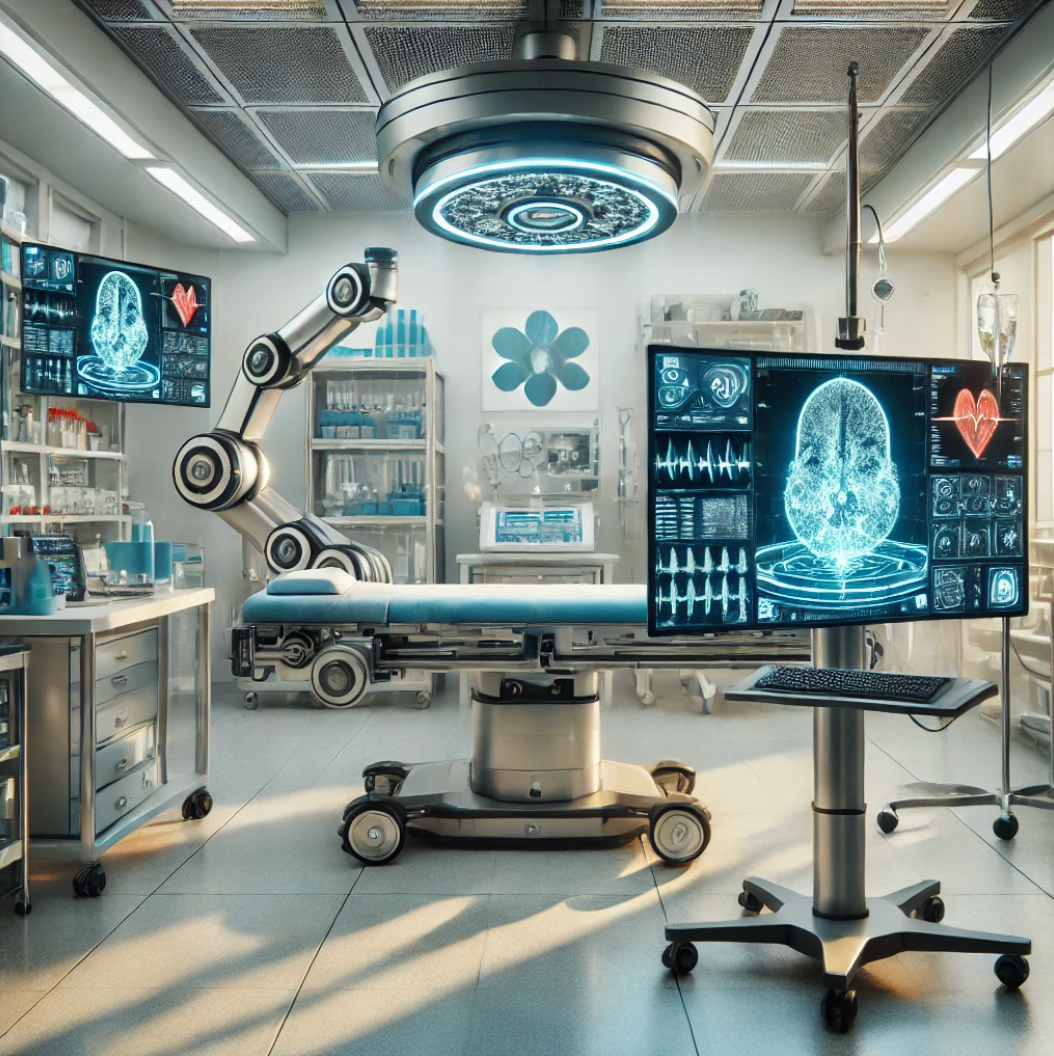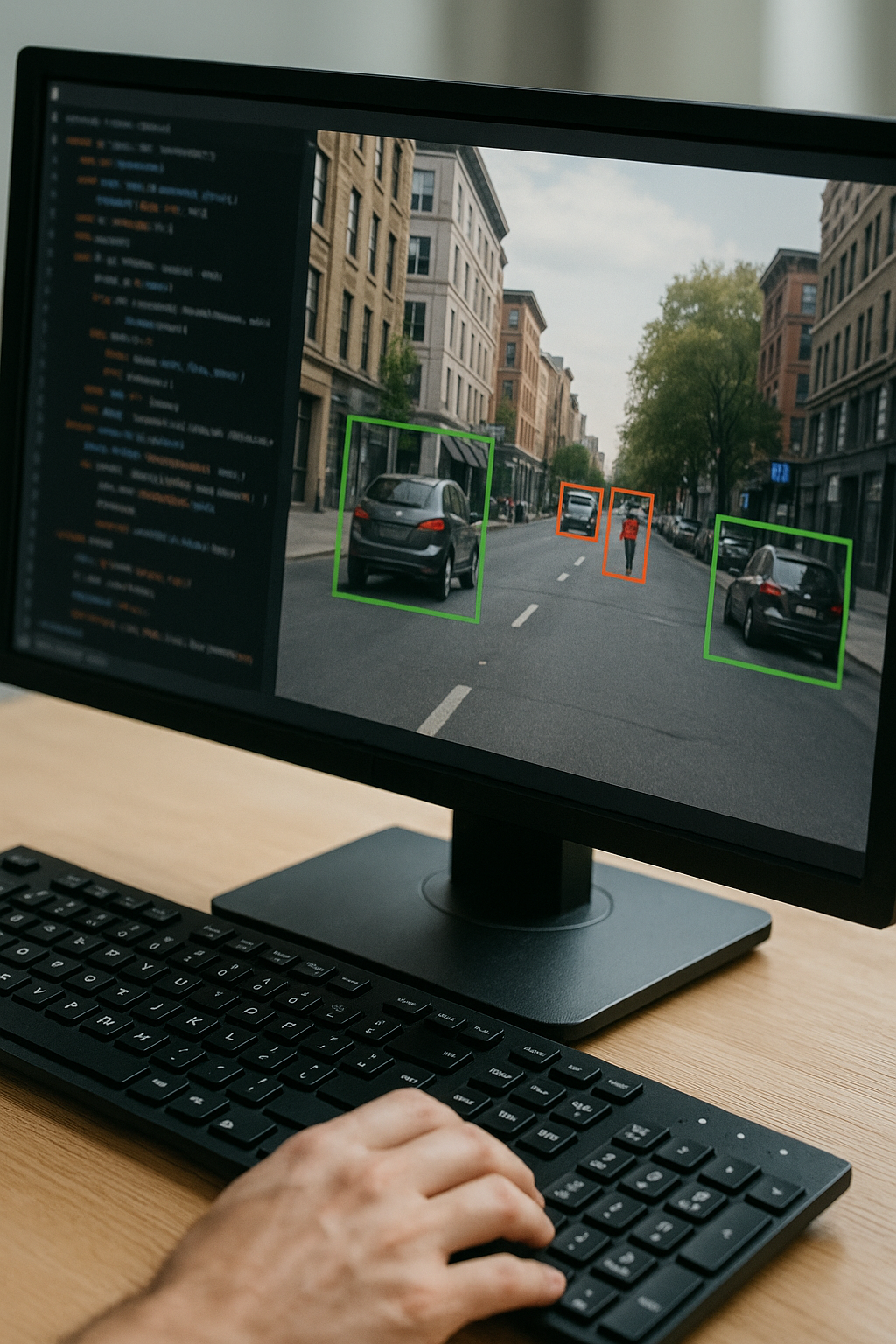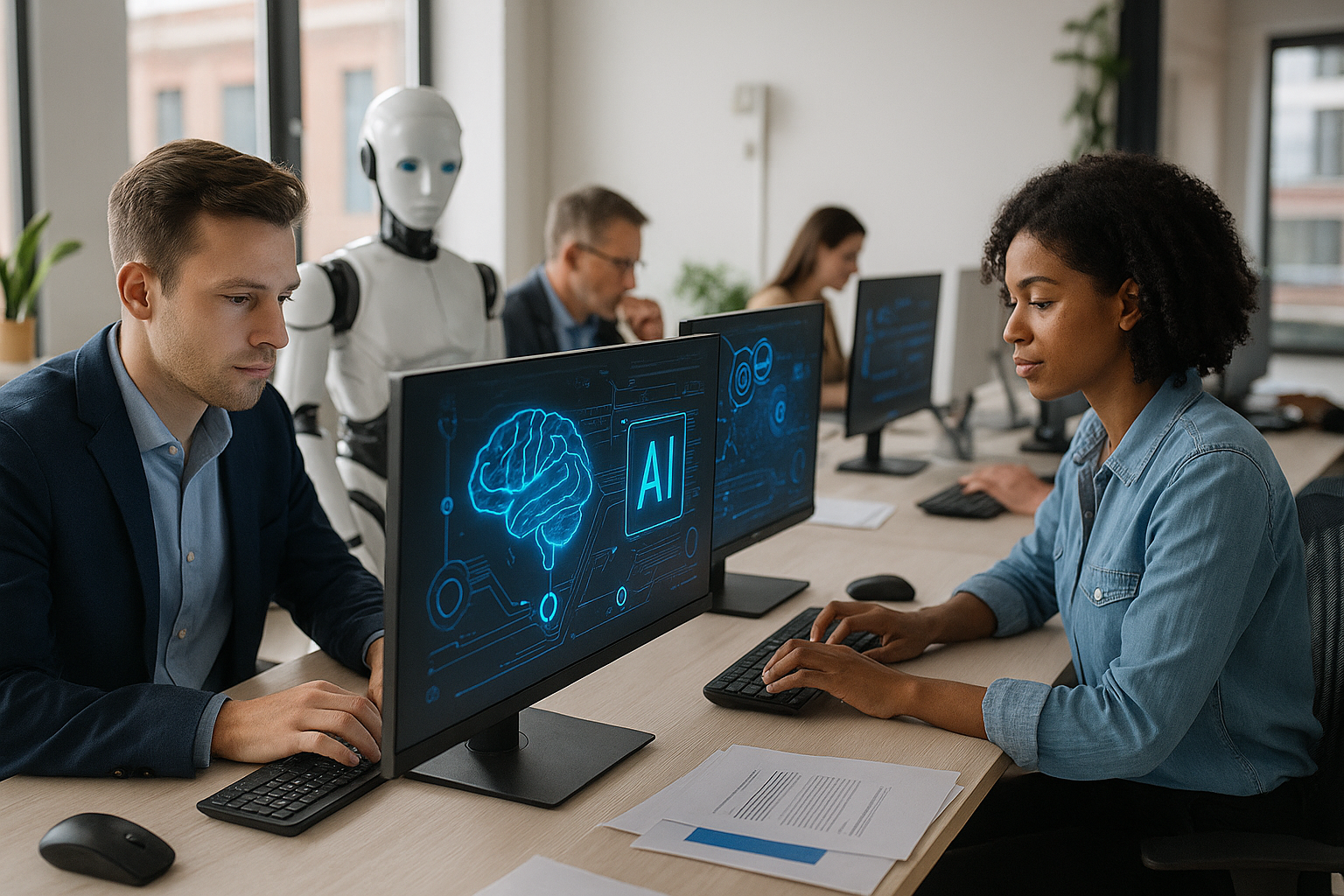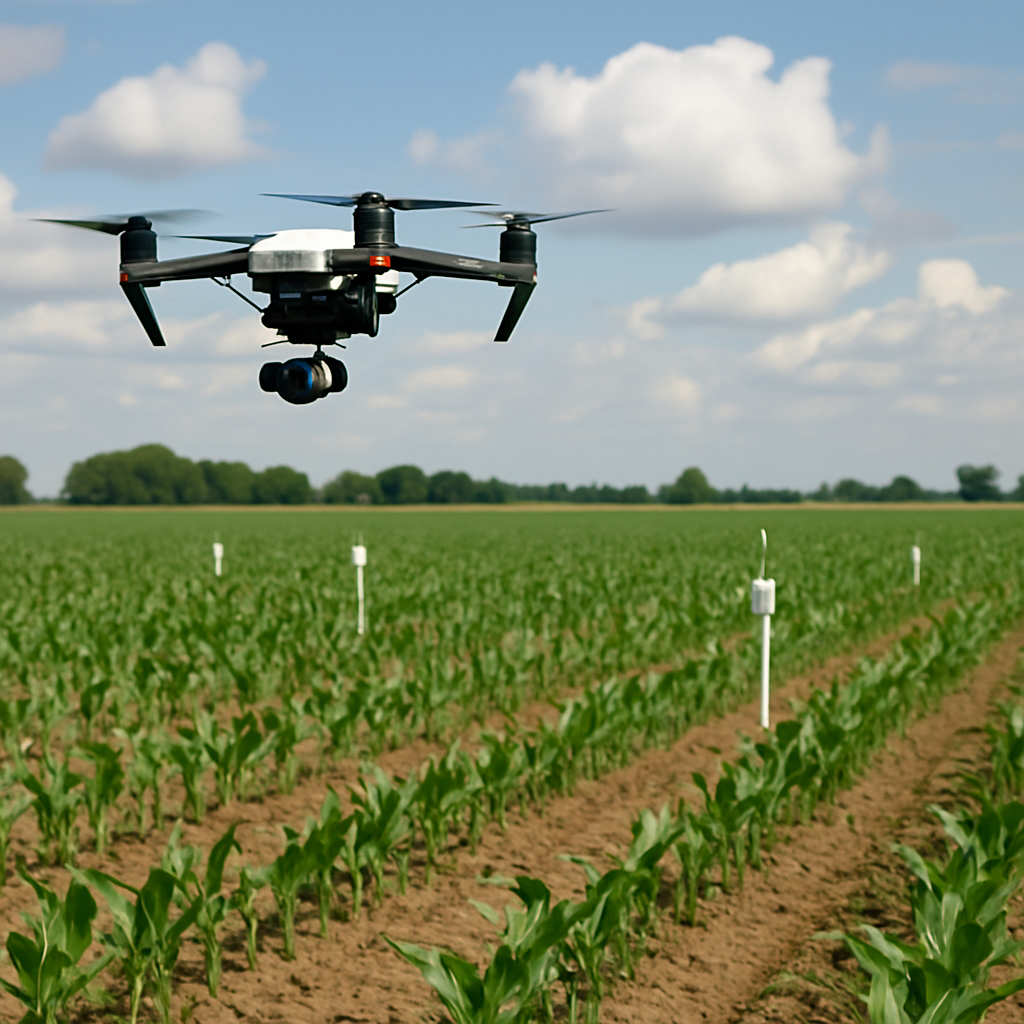7 Groundbreaking AI Developments That Shaped This Week
An In-Depth Analysis
As artificial intelligence continues to evolve at a breathtaking pace, this past week has brought several significant developments that are reshaping the landscape of AI. Let's dive deep into the most impactful stories that caught our attention and explore their implications for the future of technology.
1. DeepBrain AI's Revolutionary Language Model Breakthrough
This week, DeepBrain AI's announcement of their new multilingual processing system marks a watershed moment in natural language processing. Their new model, dubbed "OmniLingua-X," demonstrates unprecedented accuracy in real-time translation across 95 languages, including several low-resource languages that have traditionally been underserved by machine translation.
Technical Deep Dive:
The breakthrough centers on three key innovations:
- A novel attention mechanism that reduces computational complexity from O(n²) to O(n log n)
- Implementation of cultural context vectors that maintain idioms and cultural references
- Adaptive tokenization that handles multiple writing systems efficiently
Performance Metrics:
- 98.7% accuracy in professional translation benchmarks
- 40% reduction in computational requirements
- 3ms average response time for real-time translation
- Support for 95 languages, including 23 low-resource languages
Industry Impact:
The implications for global business are substantial:
- Real-time international business negotiations without interpreters
- Immediate localization of content across global markets
- Enhanced accessibility for global education platforms
- Potential $4.5 billion impact on the global translation market
2. European Union's Landmark AI Safety Framework
The EU's new AI safety framework, officially titled the "Comprehensive Artificial Intelligence Regulation and Safety Act" (CAIRSA), represents the most detailed and far-reaching attempt to regulate AI development and deployment to date.
Framework Structure:
The regulation establishes four risk categories:
Unacceptable Risk
- AI systems for social scoring
- Real-time biometric surveillance in public spaces
- Manipulation of human behavior
High Risk
- AI in critical infrastructure
- Educational or vocational training
- Safety components of products
- Law enforcement applications
Limited Risk
- Chatbots
- Emotion recognition systems
- Biometric categorization
Minimal Risk
- AI-enabled video games
- Spam filters
- Industrial automation
Compliance Requirements:
For High-Risk Systems:
- Mandatory risk assessment before deployment
- Human oversight mechanisms
- High accuracy, robustness, and cybersecurity standards
- Detailed documentation of training data
- Regular audits and assessments
For Limited Risk Systems:
- Transparency obligations
- Clear disclosure of AI interaction
- Regular performance monitoring
Implementation Timeline:
- June 2025: Initial framework implementation
- December 2025: Compliance deadline for high-risk systems
- June 2026: Full implementation across all risk categories
3. Quantum-AI Integration Milestone
QuantumTech Labs' successful integration of quantum computing principles with traditional AI algorithms marks a significant leap forward in computational capabilities. The hybrid system, named "QuantumNet," demonstrates unprecedented processing speeds for complex optimization problems.
Technical Architecture:
- Quantum-Classical Hybrid Processing Unit
- 100 qubit quantum processor
- Traditional GPU array for classical processing
- Novel interface layer for quantum-classical communication
Performance Metrics:
- 100x improvement in processing speed for optimization problems
- 50x reduction in energy consumption
- Successful error correction maintaining 99.9% accuracy
- Scalable to 1000+ qubits
Application Areas:
Financial Modeling
- Portfolio optimization
- Risk analysis
- High-frequency trading patterns
Drug Discovery
- Molecular simulation
- Protein folding prediction
- Drug interaction modeling
Climate Modeling
- Weather prediction
- Climate change scenarios
- Environmental impact assessment

4. Healthcare AI Diagnostic Breakthrough
HealthMatrix's new AI diagnostic system, "MediScan-AI," represents a paradigm shift in medical diagnosis, particularly for rare diseases. The system integrates multiple data sources to provide comprehensive diagnostic insights.
Technical Capabilities:
Multi-modal data analysis
- Medical imaging (X-ray, MRI, CT, ultrasound)
- Genetic sequencing data
- Patient history
- Lab results
- Symptom patterns
Validation Results:
- 95% accuracy across 50,000 patient cases
- 60% reduction in diagnostic time
- 40% cost reduction in diagnostic procedures
- 98% specificity for rare diseases
Implementation Strategy:
Hospital Integration
- EMR system compatibility
- Cloud-based deployment
- Real-time analysis capabilities
Privacy Measures
- HIPAA compliance
- End-to-end encryption
- Anonymized data processing
5. Revolutionary AI Chip Architecture
NeuraTech's new chip design, the "NeuraCore X1," represents a fundamental rethinking of how AI computations are handled at the hardware level.
Technical Specifications:
2nm manufacturing process
Memory-centric architecture
- 3D stacked memory
- In-memory computing capabilities
- Novel cache hierarchy
Performance Metrics:
- 200x energy efficiency improvement
- 95% reduction in power consumption
- 150% increase in processing speed
- 80% smaller physical footprint
Applications:
Edge Computing
- IoT devices
- Mobile devices
- Autonomous vehicles
Data Centers
- Reduced cooling requirements
- Increased density
- Improved performance per watt
6. Autonomous Vehicle Breakthrough
AutoDrive AI's latest achievement in autonomous driving technology demonstrates unprecedented performance in challenging conditions.
Technical Innovations:
Sensor Fusion System
- LiDAR
- Radar
- Camera arrays
- Ultrasonic sensors
- Weather-resistant coating technology
Decision Making Engine
- Real-time path planning
- Obstacle avoidance
- Weather adaptation algorithms
- Traffic flow prediction
Performance Metrics:
99.9% safety rate across 1 million test miles
Successful operation in:
- Heavy rain (up to 4 inches/hour)
- Snow accumulation (up to 6 inches)
- Dense fog (visibility < 100 feet)
- Strong crosswinds (up to 60 mph)
Integration Capabilities:
- Smart city infrastructure communication
- Vehicle-to-vehicle networking
- Real-time traffic management
- Emergency response coordination
7. AI Content Authentication Protocol
The newly announced Universal Content Authentication Protocol (UCAP) provides a standardized way to verify the authenticity and origin of digital content.
Technical Framework:
Content Fingerprinting
- Perceptual hashing
- Metadata embedding
- Blockchain verification
Authentication Process
- Real-time analysis
- Source verification
- Edit history tracking
- Distribution path monitoring
Implementation:
- Integration with major platforms:
- Social media networks
- News websites
- Content management systems
- Digital asset management platforms
Impact Assessment:
- 95% accuracy in detecting AI-generated content
- Real-time verification capabilities
- Reduced spread of misinformation
- Enhanced content credibility
🚀 Ready to stay at the cutting edge of AI innovation?
Sign Up For Our Weekly Newsletter and Get Your FREE Ebook " AI For Everyone - Learn the Basics and Embrace the Future"











